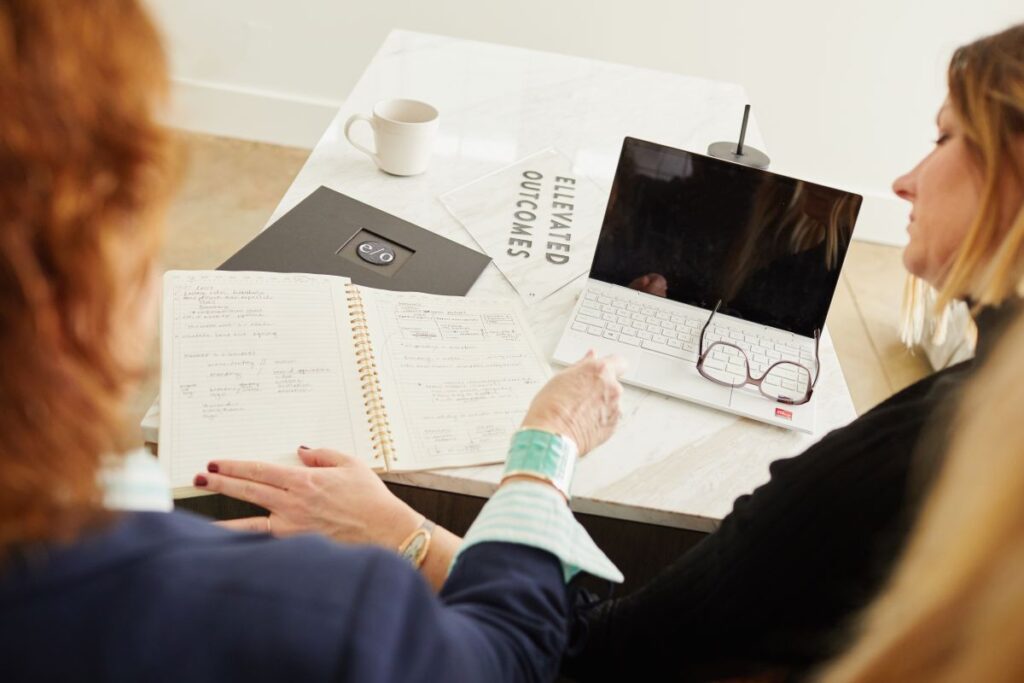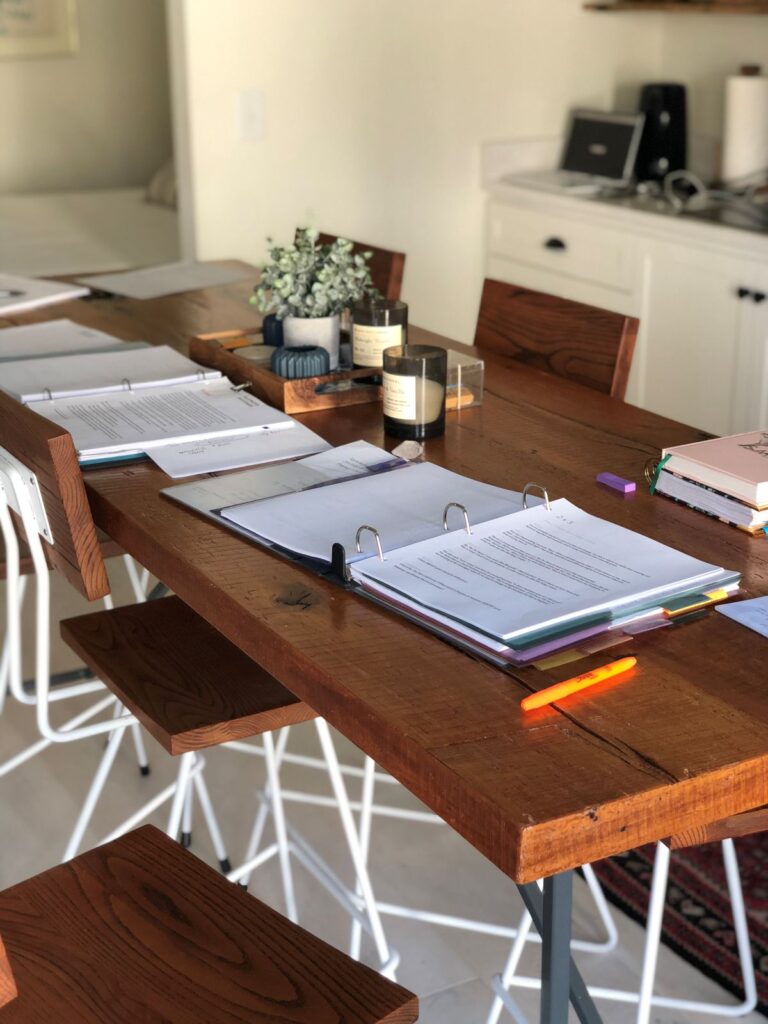How to Do an Internal Analysis
Hi there and happy spring (finally)! Here in Nashville, the sun is out, the birds are chirping, and many of us are saying, “Ah, it’s March; must get back on the 2019 plan!” A nice way to do that is to take stock of where you are and what you do well. So today, we’re back to Building Your Business Plan: the Internal Assessment.
This is boring business language for: what are the strengths, weaknesses, assets, and needs of your business? The nice thing about all this work we’re going through together is that you may apply it anywhere: from a mega-corporation, to a small business, to a single person.

When I was in Paris, alongside the real business plans I was developing, I made a life plan that went through all the pieces of a traditional business plan; and the internal assessment was the key part of unlocking my next opportunity. (I still remember my friend Sam looking over my shoulder and politely inquiring, “What are you doing?”).
So let’s jump right in…
SWOT
The SWOT is one of the most basic building blocks and one that many people are familiar with. This is where most people start when they’re told that they need a business plan.
But here’s a little known fact about the SWOT: strengths and weaknesses are the two bits that are about the internal workings of the business. Opportunities and threats relate to market factors beyond your control. Think: size of the industry and its growth or decline; barriers to entry for competitors; the economy; changes in technology, etc. We will circle back to this in the external assessment, so for now, let’s focus on the S and the W.
Strengths and weaknesses can give you a great clue of where to start, especially if you’re launching a new venture.
For example, I have a client who was convinced that she needed to write a book, in order to start her business. Perhaps for some people this would make sense, but for her, weaknesses included focus, writing, and current cash flow (implying that it’s not the time to hire this out). Why in the world would you try to start a one business that way, essentially making it an uphill battle from day one?
On the other hand, presence, voice, and interacting with others, are her major strengths. There are clear ways to package up those strengths and assets, and start making money from them tout de suite!
Core Competencies
In French, compétence means skill. So when we’re thinking about the competences of you or your business, what are your skills? Also, be sure to give honest thought to if you view yourself differently than others view you. Do you describe your skills, best products, and assets differently than clients, bosses, employees, and colleagues would describe them?
Here are a couple ideas to kick-start you:
- What does _________ do well?
- What are your (non)technical skills?
- What are you complimented on?
- What is your personal / professional brand?
We did some of this work in forming the mission and vision, as well as way back when in 3 Tweaks to Make Your Resume Stand Out.
Honest feedback from others – especially clients – makes all the difference here. We all see ourselves, our products, and our brand in a certain way – the way that we want to see them (guilty). But perception is reality, so if others see those things differently, it’s imperative to accept and fold these in.
Resources & Assets
It always surprises me that most people look past resources and assets. Even for someone running a business with employees, (s)he tends to focus on personal, intangible skills and not think through the assets of the company. This is critical because if you want to sell your business one day (and even if you don’t think that you do today, I recommend that you prepare as if).
Scan your entire business model and pick out what your greatest assets are. They could be things like:
- brand recognition
- proprietary process
- unique products or services
- portfolio of recurring revenue / client base
- how you’ve streamlined technology and created efficiencies
- an all-star team
- culture that attracts the best talent
And then think through “What literal assets do we have?” Inventory? Cash? Real estate?
Even if this doesn’t feel like new information to you, the act of reflecting and documenting these aspects of your business, will shed new light on opportunities. Remember when I did this in 2017 and realized that we could turn our biggest liability into an asset? We subsequently launched an Airbnb that brings in an extra $20K per year.
Next Steps:
Go through three rounds of the SWOT, competencies, and assets:
- As a starting point, do the evaluation on yourself. If you’re doing this for personal reasons, complete it as if you’re re-writing your resume. If you’re doing it for the business, this is the foundation of your business plan. Draft it out for yourself, and see what you come up with.
- Ask an acquaintance who’s 1-2 degrees removed, to evaluate you too. You want someone close but not too close. Someone who knows you(r business) well but is not so personally close to you that (s)he’ll be scared of hurting your feelings. The feedback must be honest. An anonymous 360 review is the best way to achieve this. It can sting in the process (speaking from experience), but you’ll receive some of the most valuable information of your life.
- Interview clients and customers; keep distance and a listening, open mind.
For each of these, don’t let the other groups see your answers before they share theirs. You don’t want to plant ideas, nor taint others’ view. Although this work may encapsulate some difficult conversations, the results can be uplifting too!
You probably have blind spots to your best qualities (we find that many of our clients do because they’re so innate). Once you’re aware of the bad and the good, you can package this up and move your business to an even more powerful position.


